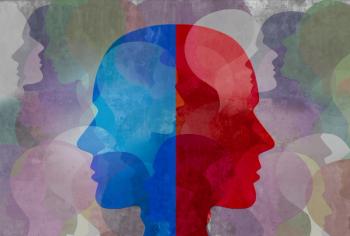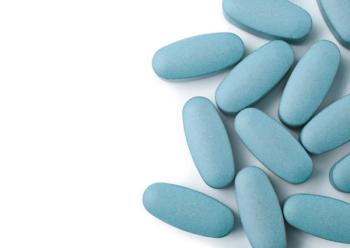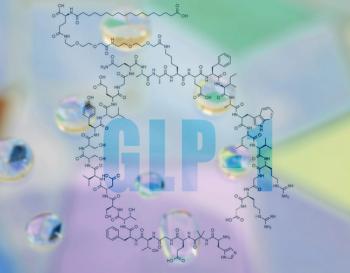
|Slideshows|April 16, 2018
3 New Updates on Pediatric Bipolar Disorder
Author(s)Mark L. Fuerst
This report includes a study on patterns of prodromal psychiatric symptoms that may help identify young persons at increased risk of bipolar disorder; sibling bullying and risk of psychotic disorders; and a new smartphone app that tracks moods and predicts bipolar disorder episodes.
Advertisement
Newsletter
Receive trusted psychiatric news, expert analysis, and clinical insights — subscribe today to support your practice and your patients.
Advertisement
Latest CME
Advertisement
Advertisement
Trending on Psychiatric Times
1
Psychiatry and Artificial Intelligence in 2025
2
Programs for ST-905 and ST-905 for Schizophrenia and Depression Launched by Syremis Therapeutics
3
Psychiatric Views on a Picture Perfect Christmas
4
Competence and Compassion in the Reiner Family Tragedy
5

















